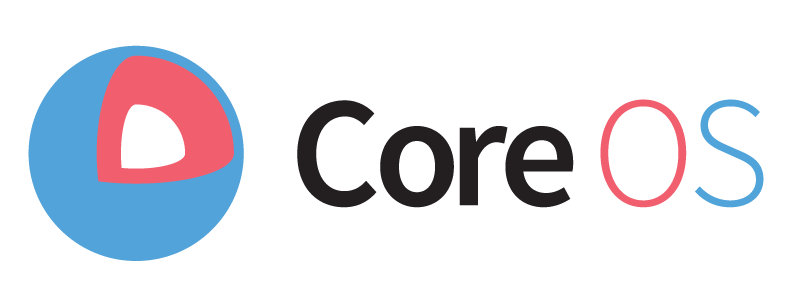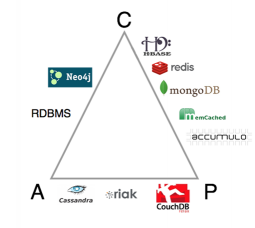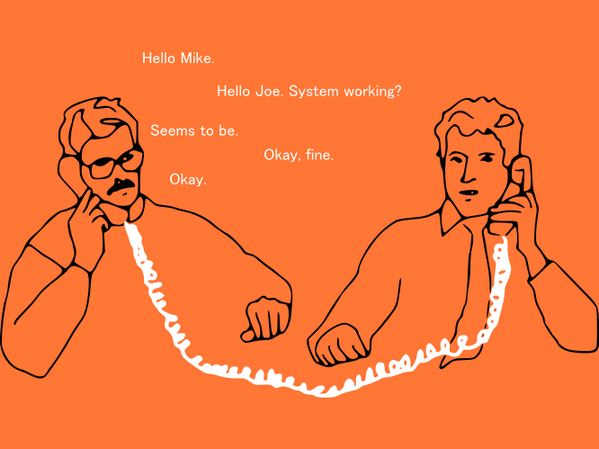EMR Interoperability and the cost of Healthcare

Healthcare in the United States costs far more than in any other country in the world, and yet the quality of the care Americans receive is rated 11th among first world countries. The high price of healthcare burdens employers, increases the national debt, and historically has left many without access to healthcare. We all want cheaper, better healthcare, but it is difficult to agree on specifics of how to get there. Why is healthcare so expensive?









